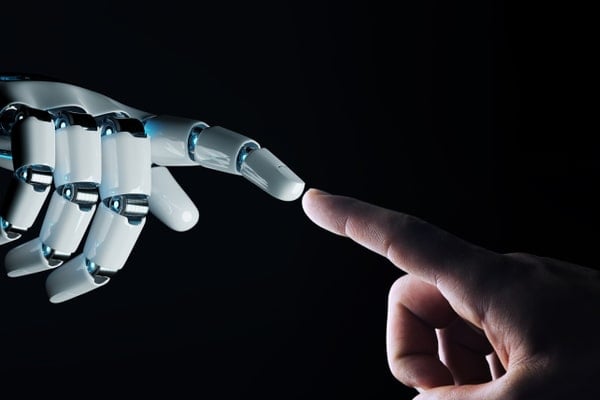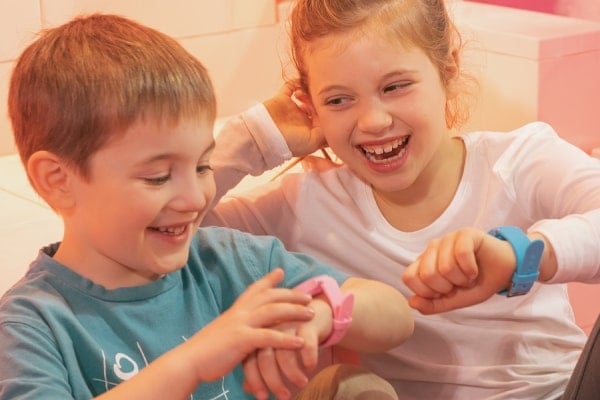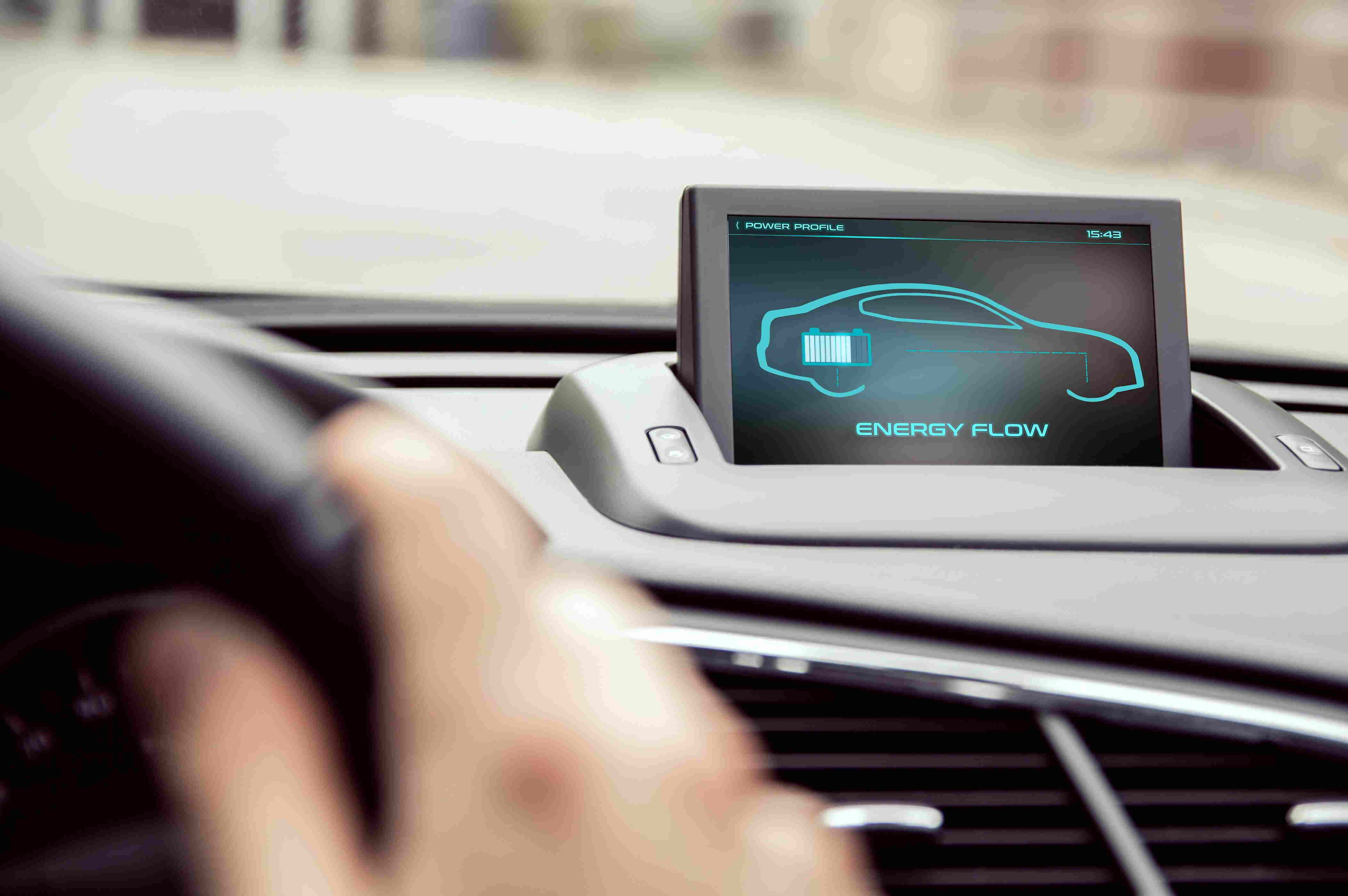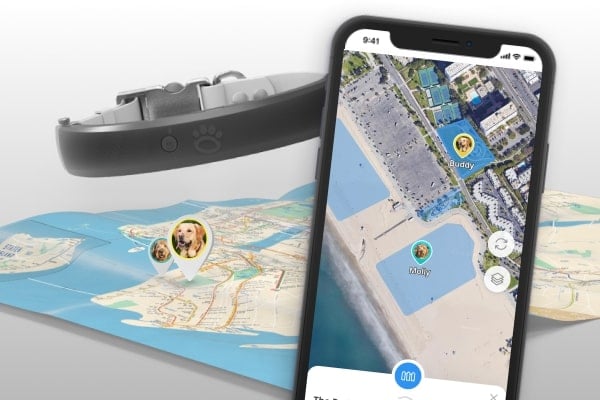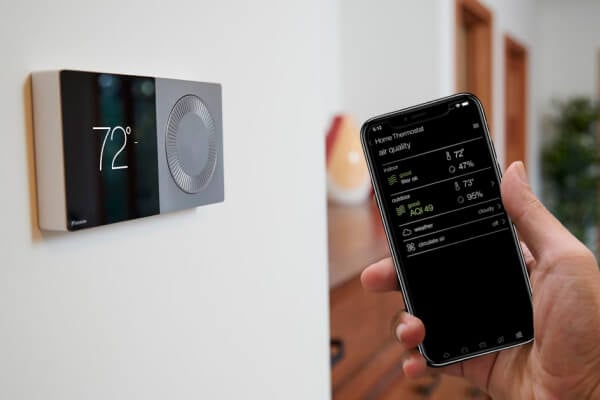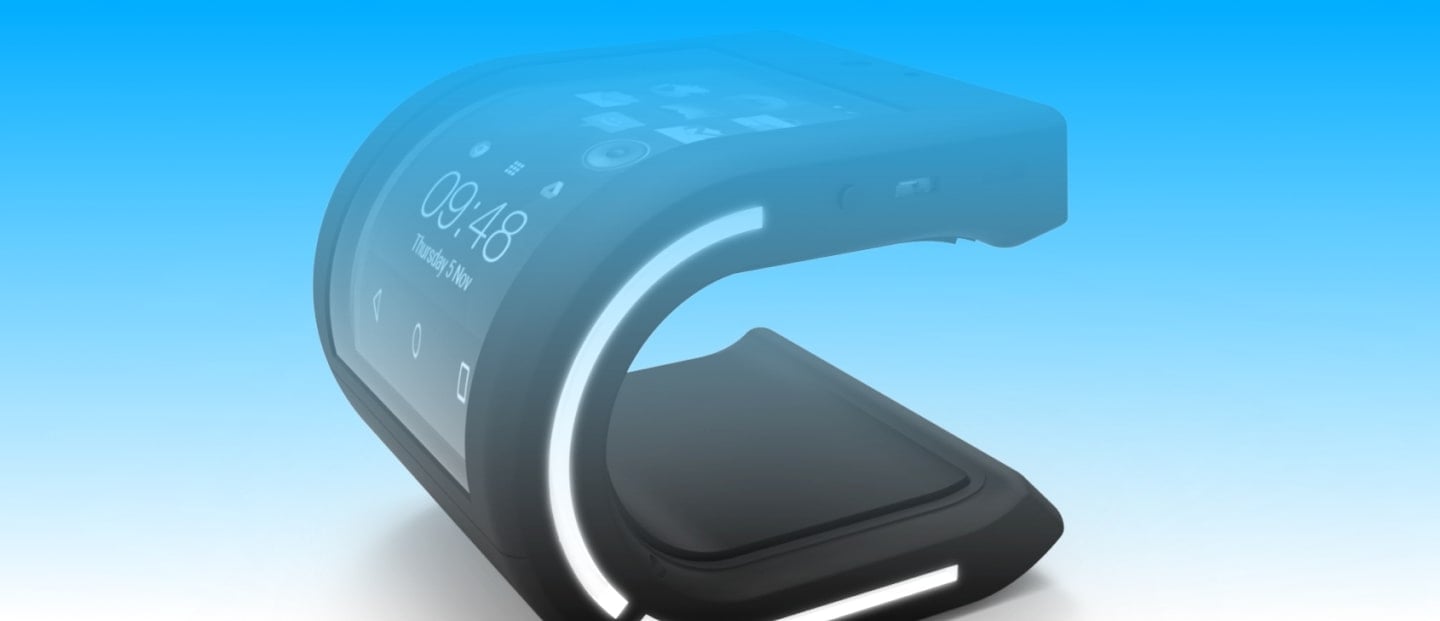
Curved Screen Wrist Smartphone
NFC, touchscreen, sensors, cameras, and gesture recognition for emergency alerts
The client is a producer of electronic devices. They had an idea of an unconventional form factor for a phone: a curved wrist gadget.
Project Information
T&M (time and materials)
Waterfall
Hardware Developers
QA Engineer
PCB Engineers
Project Manager
Android System Software Developer
Android Developers
Business Analyst
Problem
The customer teamed up with Softeq to carry out their concept of the original curved wrist phone.
We were tasked with developing the prototype’s hardware and software. The smartphone’s features would include NFC, a touchscreen, sensors, cameras, and gesture recognition for emergency alerts.
Solution
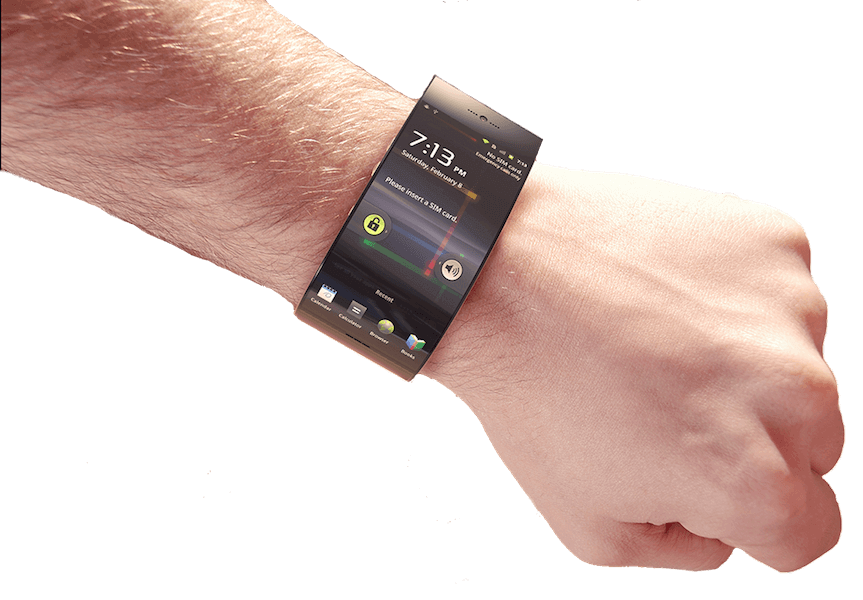
The client intended to demo the prototype to potential investors to secure funds for the project. Softeq handled the development across several areas — hardware, enclosure, and software.
HARDWARE
The smartphone prototype was to have a custom rigid-flex PCB to underlie the curved device shape. Hardware-wise, the prototype was to support the following capabilities:
- Custom curved touchscreen with special functional zones (time, app icons)
- Front and rear camera
- Heart-rate sensor
- Magnetometer, accelerometer sensor
- LED light
- NFC
SOFTWARE
The team developed a custom app ecosystem to incorporate the demo software so that it met the unconventional screen layout.
Audio Player
The app features a list of songs playable on a tap. The tapped song is displayed as “Playing now” in the list of all songs of this artist.
Business Cards Exchanger
Two phones with the apps installed when placed into proximity would exchange data using NFC. To be able to install the app on the curved phone, the team had to tune up the Android OS at the Hardware Abstraction Layer (HAL). This helped overwrite the default Android behavior – minimizing the running application and requiring users to confirm the steps.
Emergency App
The app is motion and voice recognition enabled. It sends emergency alerts via email to a designated list of contacts. To set up the app, the user teaches it using gestures and voice commands which activate the SOS function.
The team performed RD to assess the available methods, tools, and libraries for implementing the motion and voice recognition capabilities.
Heart Rate Monitor
The app measures current heart rate value (bpm) and displays a chart with real-time beat stats. To measure heart rate, the user needs to press his/her finger to a designated area on the device. To secure measurements precision, the team made some changes to HAL.
Lock and Launch Screens
The software enables the user to unlock the phone with a swipe gesture and shows date and time in the device format. The start screen has a hexagon structure layout and has the following elements:
- Date and time
- Favorite apps area
- All apps
- Swipeable dashboards with app icons
ENCLOSURE
The team hired a manufacturer in Italy who agreed to design and produce a curved shape enclosure. Given the PoC nature of the device, the enclosure was to provide a hard plastic casing to fit in the rigid-flex PCB and allow mounting on the hand.
Challenge
As the device is a brand-new smart solution, the company faced the following challenges due to technological limitations:
- No mature flexi-screen technology available yet.
- Few flexi-screen manufacturers with touch screen capabilities.
- No variety in flexi-screen sizes available currently. That’s why the device cannot be adapted to multiple wrist sizes.
- Curved smartphone enclosure availability is a matter of future.
Need Expert Help with Custom PCB Design?
We know how to fast-track your product development from PCB design to board bring-up while shortening the production cycle Learn how
Result
Once the client secured financial support of investors, they planned to continue the development. The customer aimed to deal with the identified technological roadblocks (e.g. flexi-screen, powerful battery, curved touch panel, etc.) and implement new features (e.g. e-lock, browser, demo game adapted to the curved screen shape, etc.)
Related Cases
